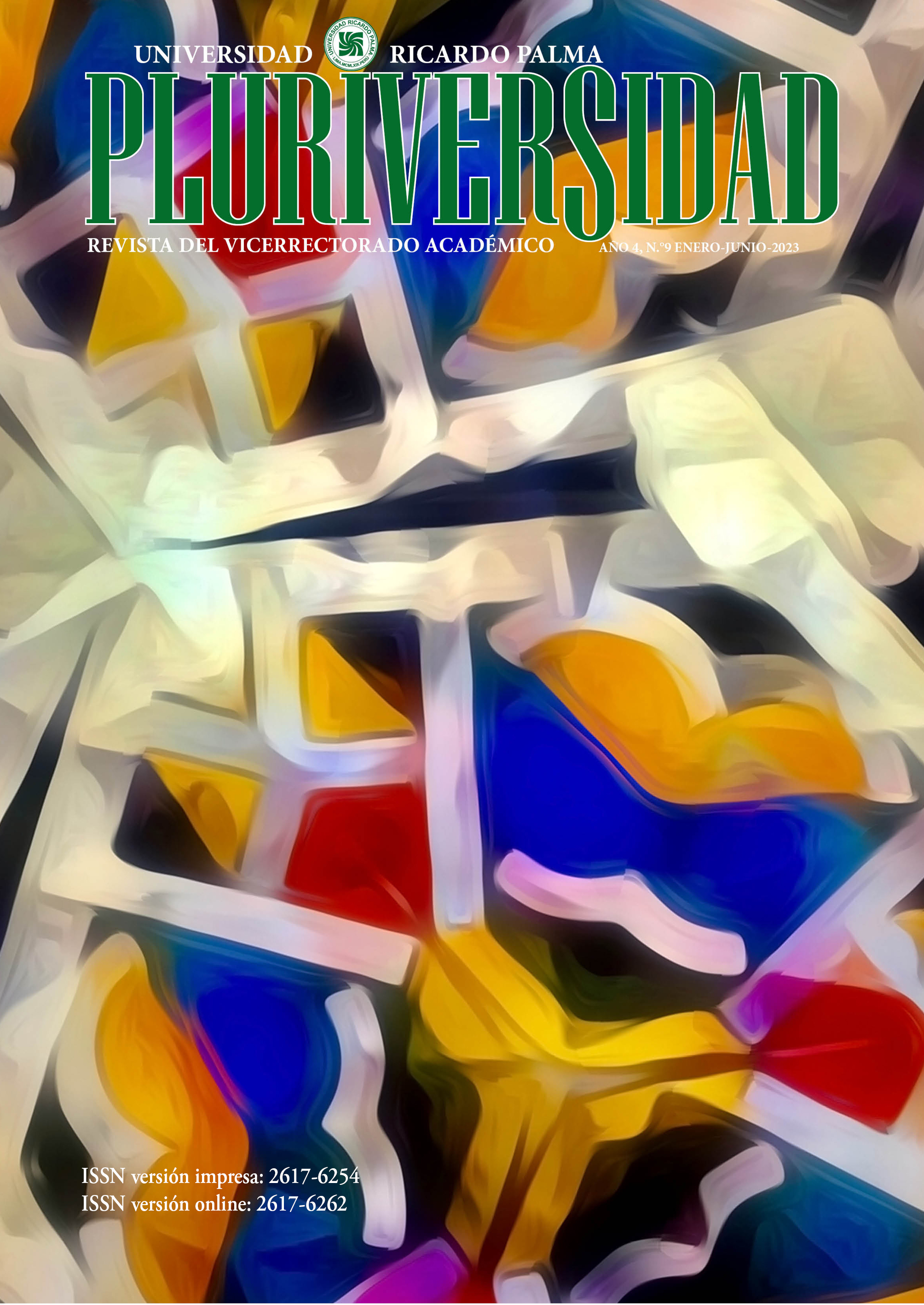Spatial Tensions. Approaches to architectural pedagogy
DOI:
https://doi.org/10.31381/pluriversidad09.5424Abstract
Perceiving, thinking and understanding space on its different scales are fundamental activities to approach the knowledge inherent to architecture, from its dimensions: phenomenal (material products-objects), epistemic (concepts, theories and pedagogies-ideas) and ontological (social sense and modes of coexistence and reproduction-processes), respectively. Translating this to the management of architecture as an academic discipline entails an exercise in comprehensive, multiple and interdisciplinary pedagogy, where it is clearly transmitted that beyond forms and the aesthetic sense there are daily urgencies from people and their aspirations for comfort, coexistence and good living. That is why the work undertaken by an architect committed to classrooms, learning and students is praised here: Abel Hurtado and his proposals full of sensitivity, honesty and wisdom, referring to spatial stress. From a comparative, testimonial and documentary perspective, the intrinsic presence of a theoretical discourse developed in three levels or tensions is proposed: from the logics of the territory, from the architectural space to the space of coexistence and from the design process from the spatial tension.
Downloads
Downloads
Published
Versions
- 2023-01-22 (3)
- 2023-01-22 (2)
- 2022-12-31 (1)
How to Cite
Issue
Section
License
Copyright (c) 2022 PLURIVERSIDAD

This work is licensed under a Creative Commons Attribution-NonCommercial 4.0 International License.
Licencia de uso Creative Commons 4.0. Atribución-No Comercial(CC BY-NC)
![]()





